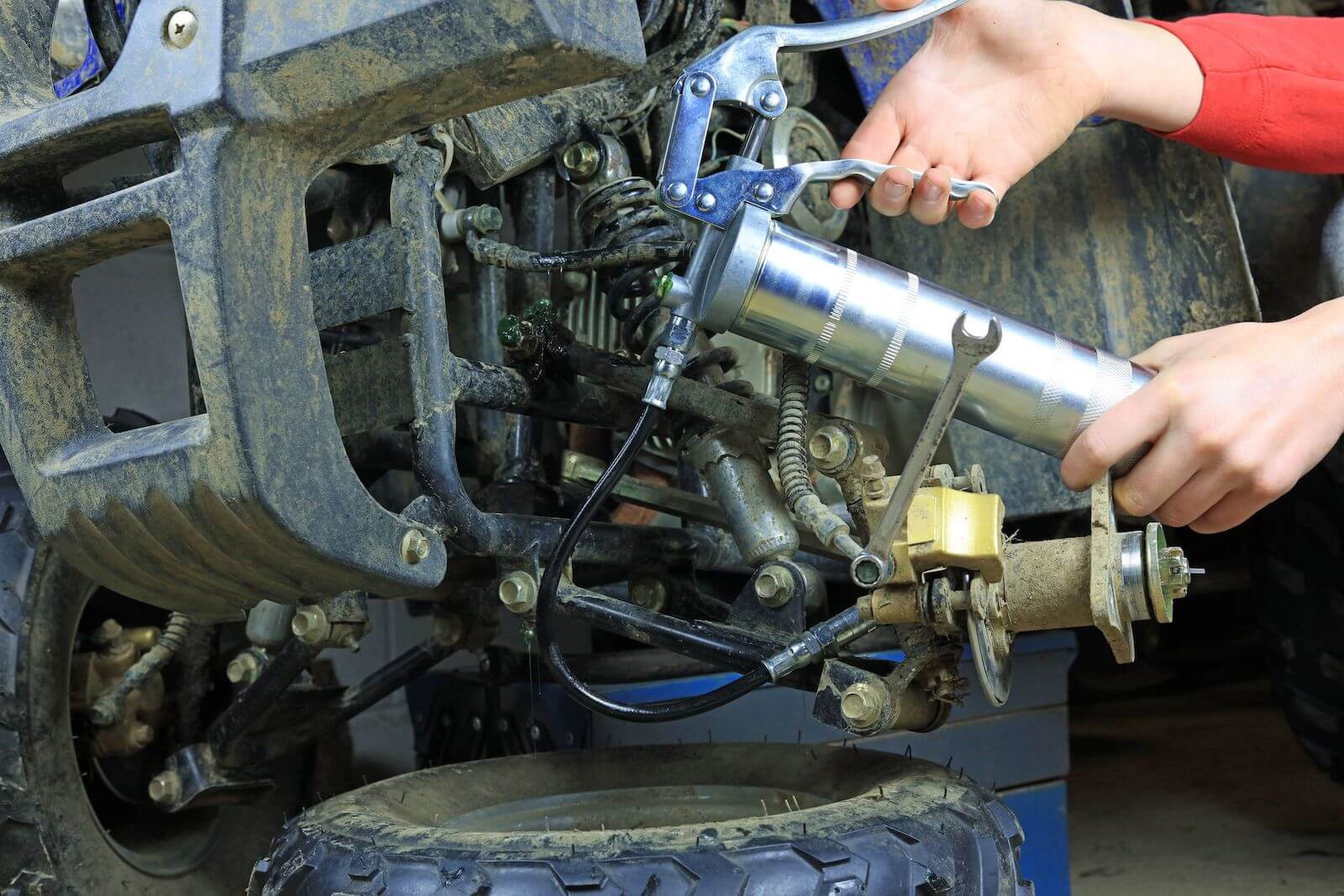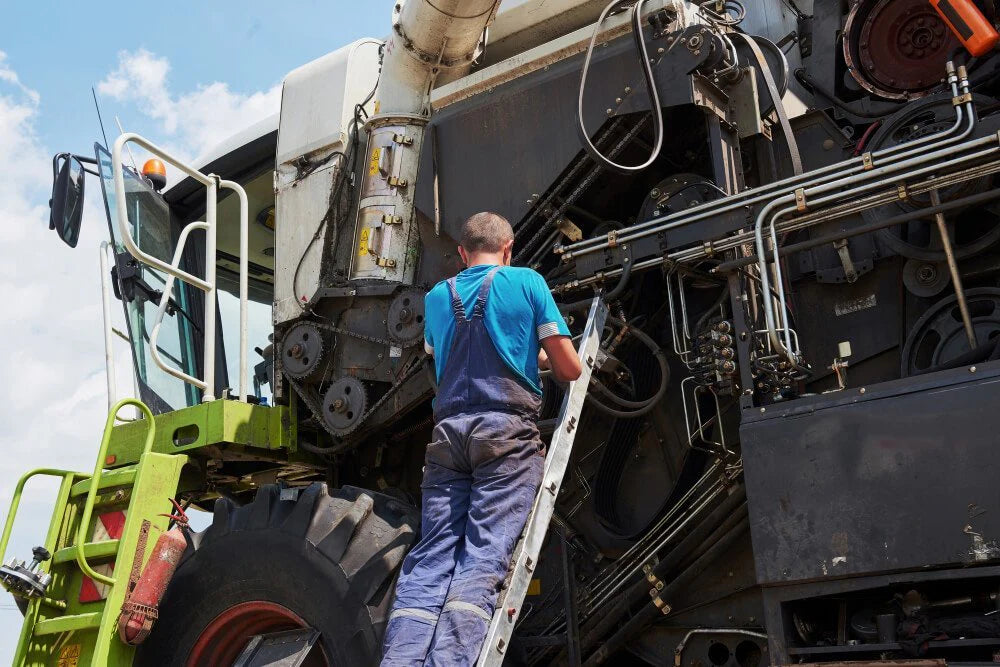A well-maintained lawnmower is essential for achieving a healthy and pristine lawn. Among its critical components, the lawnmower blade plays a vital role in cutting grass effectively. However, over time, blades can become dull, leading to inefficient mowing and an unsightly lawn.
In this blog post, we will delve into the art of sharpening lawnmower blades. We’ll cover why sharpening is important, when to sharpen, the tools needed, step-by-step sharpening instructions, and maintenance tips to prolong the sharpness of your blades.
1. The Importance of Sharpening
Lawnmower blades are subjected to extensive wear and tear, resulting in a gradual loss of sharpness. Dull blades tear the grass rather than cut it cleanly, leaving the lawn vulnerable to disease and discoloration.

Sharpening the blades regularly helps maintain a healthy lawn by ensuring a clean and precise cut. It also reduces the strain on the lawnmower’s engine, resulting in improved fuel efficiency.
2. Signs that Blades Need Sharpening
Identifying when your lawnmower blades need sharpening is crucial for keeping your lawn in top condition. Signs of dull blades include uneven grass height, ragged or torn grass tips, and increased resistance while mowing.
By paying attention to these indicators, you can address the issue promptly and avoid potential lawn damage.
3. Tools for Sharpening
Before sharpening your lawnmower blades, gather the necessary tools, such as safety gloves, eye protection, a socket wrench, a blade removal tool or block of wood, a bench grinder or file, and a balancer.
The blade removal tool or block of wood will keep the blade secure while you work, and a bench grinder or file will be used for the actual sharpening process.

A balancer ensures that the blade is correctly balanced after sharpening, preventing vibrations and extending the lifespan of the lawnmower.
4. Step-by-Step Sharpening Process
Here’s how you can sharpen your lawn mover perfectly…
- Safety First: Put on your safety gloves and eye protection before working on the lawnmower blades. Disconnect the spark plug wire to prevent accidental engine start-up.
- Blade Removal: With the lawnmower securely propped up on a block of wood or using a blade removal tool, use a socket wrench to loosen and remove the blade bolt.
- Blade Inspection: Thoroughly inspect the blade for cracks, dents, or excessive wear. If any severe damage is detected, it’s advisable to replace the blade altogether.
- Balancing: Use a blade balancer to check the balance of the blade. If it’s unbalanced, remove the material from the heavier side until the blade is properly balanced.
- Sharpening: Choose between a bench grinder or a file for sharpening. If using a bench grinder, follow the manufacturer’s instructions for angle and technique. If using a file, secure the blade and file along the cutting edge at the original angle. Stroke the file in one direction along the blade’s edge, maintaining the original angle until a clean, sharp edge is achieved. Repeat the process for the other cutting edge.
- Reinstallation: Once sharpened, clean the blade to remove any metal shavings or debris. Reinstall the blade, ensuring it is tightly secured with the blade bolt. Remember to reconnect the spark plug wire.
5. Blade Maintenance Tip
To maintain the sharpness of your lawnmower blades and prolong their lifespan, consider the following tips:
Regular Inspections
Check the blade periodically for signs of damage or wear. Catching and addressing issues early can prevent more extensive damage and ensure optimal cutting performance.
Cleaning
After each use, remove any grass clippings, dirt, or debris from the lawnmower blades. Use a stiff brush or a hose to clean them thoroughly. This helps prevent build-up and keeps the blades in good condition.

Blade Sharpening Frequency
The frequency of sharpening depends on several factors such as the size of your lawn, grass type, and mowing conditions. As a general guideline, consider sharpening the blades at least once or twice during the mowing season or whenever you notice signs of dullness.
Professional Maintenance
If you’re not comfortable sharpening lawnmower blades yourself or don’t have the necessary tools, consider taking your lawnmower to a professional for blade sharpening. They have the expertise and specialized equipment to ensure proper sharpening and balancing.
Blade Replacement
Over time, lawnmower blades will wear down and become thin, making it difficult to achieve a sharp edge. If the blades are severely damaged or have worn beyond a certain point, they should be replaced for optimal cutting performance.
Conclusion
Sharpening lawnmower blades is a crucial aspect of lawn care that shouldn’t be overlooked. By maintaining sharp blades, you can ensure a healthy and attractive lawn with clean, precise cuts. Remember to follow safety precautions, gather the necessary tools, and carefully perform the sharpening process.
Regular inspections, cleaning, and balancing, along with professional maintenance when needed, will help extend the lifespan of your lawnmower blades. By investing time and effort into sharpening your lawnmower blades, you’ll enjoy the benefits of a well-maintained machine and a beautifully manicured lawn.






